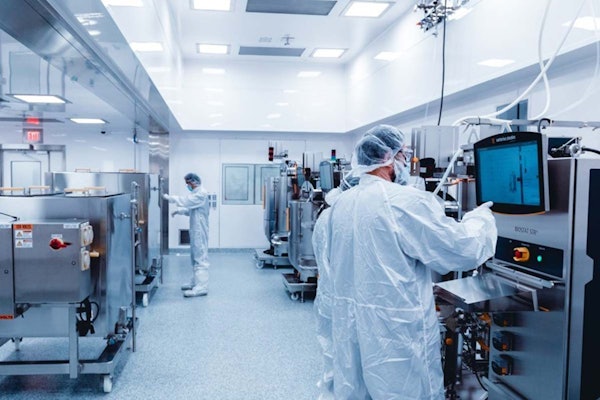How effective are pharmaceutical packaging lines? One would certainly think that the amount of time and money that is spent on validating a pharmaceutical packaging line would result in a line that runs better than a line that has not been subjected to all of this additional engineering, operations and quality control rigor. We hear that the validation costs of a line can exceed two-to-three times the cost of the line itself. With that much money spent to assure that the line performs as expected, I would hope to see big productivity payoffs.
Presentations at the recent Pharmaceutical Packaging Forum (www.packworld.com/ppf) held in Philadelphia revealed that Overall Equipment Effectiveness (OEE) numbers for pharmaceutical lines are generally quite low perhaps below 30%. Best-of-breed operations in other industries have OEE's around 80%.
PPF speakers described their efforts at improving OEE's and the successes that they have had. But how did the numbers get so low to begin with? It is hard to fathom how one could start up a new line and be satisfied with the results of the project team with OEE numbers so low. And once a line starts up, it is a rare plant manager who is satisfied with anything but the performance metrics getting better. Apparently validation is not having a positive effect on operational performance.
More time and engineering spent up front is not paying off in better performance out of the box. Is it because the time spent is actually counter-productive? Is it because the time required for validation is taking time away from engineering efforts that really focus on performance? Is it that engineers are reluctant to change what has been previously validated? Or, is it that the latest technology is not being applied because of the difficulties of validation?
It would seem that time spent in continuous improvement activities is more beneficial than time spent up front. But doesn't "time spent on continuous improvement invalidate the validation? I was left with a nagging question about applying OEE automation to a validated line. In my experience, the Heisenberg Principle applies, if not quantitatively, at least qualitatively to everything we do. We cannot measure something without changing it. Sending data to and from a PLC for the purposes of making an OEE measurement certainly has the potential to affect the performance of that PLC if done poorly, bringing it to its knees. After spending so much time on the initial validation of a packaging line, how can one go back and apply OEE data gathering without validating it again?
Despite my questions, I applaud efforts that pharmaceutical manufacturers and others are making at improving productivity by applying OEE. I believe that consistently high productivity results in consistently high quality. OEE is a great tool to have in your toolbox. The OMAC Packaging Workgroup (www.omac.org) has recognized this by assuring that the PackTags initiative has all of the data elements defined that are necessary to fully implement OEE. Initial validation of equipment containing PackTags should ease the burden of applying OEE, either from the start or at a later date. Non-pharmaceutical packagers can obtain the same benefits without the regulatory burden of validation. In the words of Greg Anthos of Merck; "If you haven't started [an OEE initiative], you're a few years behind."
BLOGGERS RESPOND...
"I didn't see any real answers as to why validation does not lead to higher initial OEE. It may be that validation is being handled as a regulatory concern rather than exploring the range of benefits if it is applied as a broader tool. One wonders, is there any difference in OEE results from companies where validation may be part of engineering instead of part of a regulatory group..."
"I think you are really onto something about validation as a regulatory event rather than an engineering event. We have uncovered some related issues with many companies treating packaging as a processing issue..."
"The OEE application presented at the recent Pharmaceutical Packaging Forum should not be mistaken for an industry standard of how validated lines run. Done right, the up-front work begins to pay back right away. It is, however, clearly more cumbersome to make changes. If someone has an efficient change management process, please share."
Keith Campbell's 30+ years in manufacturing includes experience in operations, maintenance, engineering, R&D, education, consulting and professional organizations. Read his recent posts atwww.ontheedgeblog.com.



















